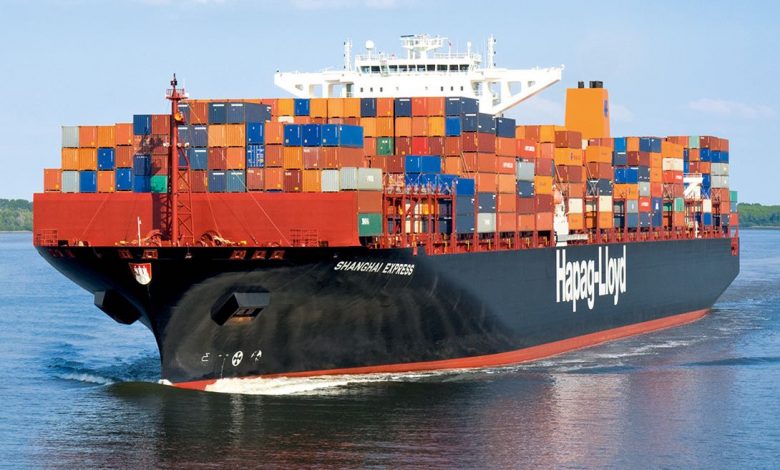Container market balance has been postponed

Hopes that the box sector might find equilibrium by 2020 now look rather optimistic, writes Lars Jensen from SeaIntelligence Consulting.
At the beginning of 2018 the industry was set on a path where the carriers might have hoped for a structural balance between global supply and demand by 2020. There was an air of modest optimism in the air driven by the strengthened conditions in 2017 where carriers were returning to profitable territory.
However, the past few weeks seem to have at the very least postponed this hope for a balanced market for a variety of reasons.
First of all, the carriers correctly point to the fact the fuel prices have increased significantly and this has undermined their profitability and sent them back into red numbers. But it is equally clear that fuel prices are not really to blame for this malaise. In the past, changes in fuel prices were typically fully transferred into the freight rates within three to five months depending on the specific trade lanes. In 2018 we are not yet seeing that transfer happen effectively, indicating that the pricing mechanism is broken in terms of fuel cost transfers. Given that 2020 and the low sulphur regulations are literally just around the corner this is of significant concern as the added costs from this are of such a large magnitude that the carriers need to be able to effectively pass these costs on to the shippers.
But this requires a strengthened supply/demand balance, and in 2018 data is now pointing in the opposite direction. First half of 2018 had demand growth of 3.8% which is slower then the expected 5% and at the same time vessel scrappings have been much lower than in 2017. Presently capacity injection in 2018 stands to be at the 5-6% level which will further deteriorate global market balance and postpone a structural balance beyond 2020.
Additionally a number of carriers have clearly been pursuing market share growth, which further adds pressure to the industry. This is of course a perfectly legitimate strategy for any carrier to pursue, but given the significant degree of commoditiszation in the main deepsea trades it does come at a cost. Comparing Hapag-Lloyd, Yang Ming and HMM clearly shows the impact. Hapag-Lloyd grew more than 30% in Q2 2018, but the main part of this was the acquired volumes from UASC. Organically the growth volume was 3.9%, and hence in line with market growth. Yang Ming grew volumes three times faster than Hapag-Lloyd, but at the cost of losing $100 per teu shipped, which was four times more loss making than Hapag-Lloyd. For HMM, volume growth was four times higher than Hapag-Lloyd, but that also made the Korean carrier seven times more loss making per teu than Hapag-Lloyd.
Giving that the global overcapacity will persist for a few more years and the fact that a number of carriers have clearly expressed a desire to grow significantly, it appears that any hope of a stable and balanced market is also postponed a few years unless the carriers collectively lay-up significant amounts of capacity, switch from super-slow-steaming to ultra-super-slow-steaming or a significant number of the major carriers decide that they already have achieved as much scale advantage as they can and switch fully to strategies more focused on yield management and value add, and less on growing volumes.
This article first appeared in Maritime CEO magazine, published earlier this week to coincide with SMM in Hamburg. Splash readers can access the full magazine for free by clicking here.
